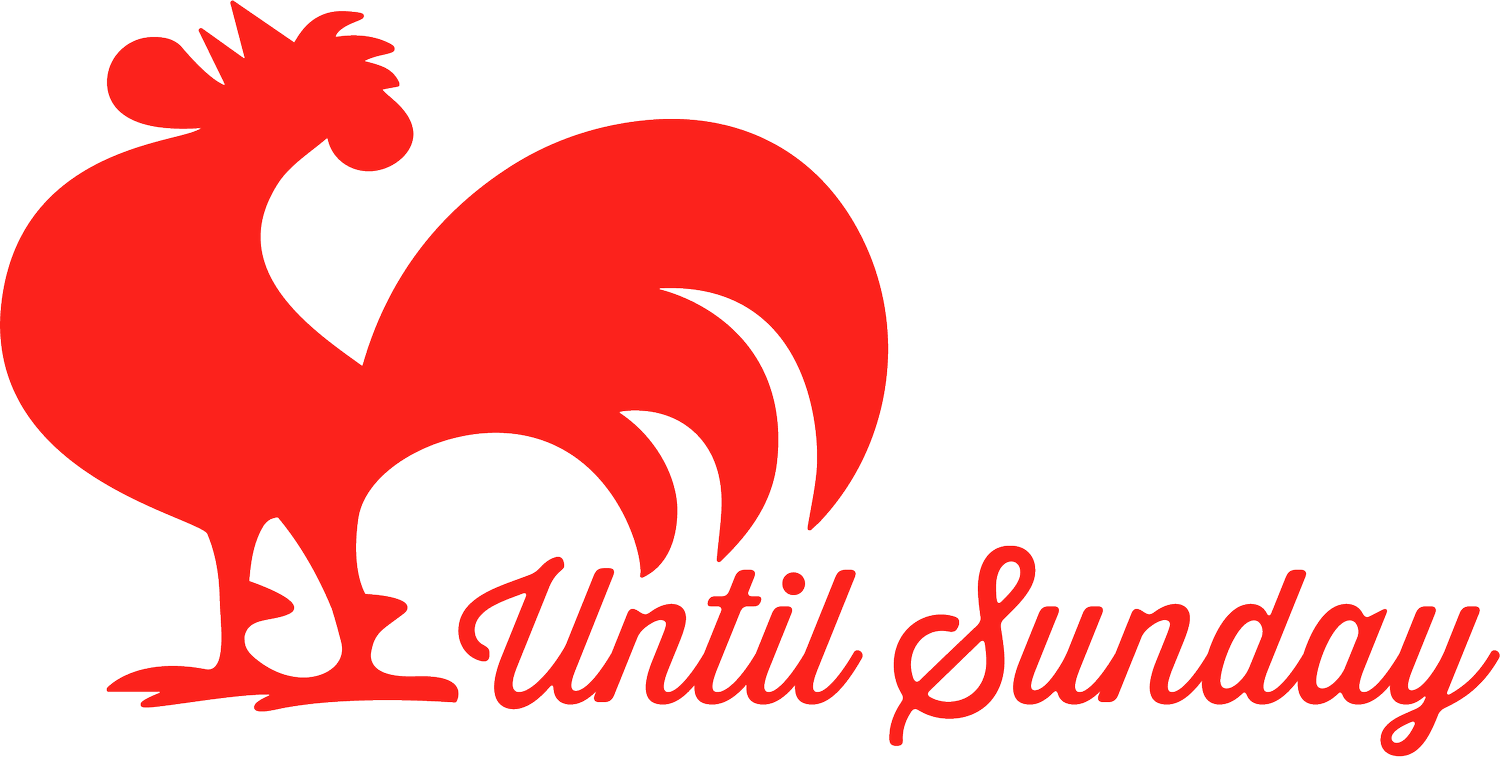#20. Using storytelling to clarify your client's brief (Part I)
I know what it means to interact with clients. Being a freelancer has taught me that you need to be very focused and ask the right questions, or you may create something that does not match the expectations of your client, nor those of the potential user.
It is our role as designers and experts in the field to act as a ‘connector’ between what the client wants, and what the audience needs. That’s what this newsletter is about. Helping you do exactly this, in the same way that storytelling acts as a ‘connector’ between a story and its audience.
Interview your client, with help from storytelling
I have used storytelling to structure my meetings with clients and carry out interviews with users in a way that means I can always circle back to the project’s main points. It’s all about finding a line that connects the client's wishes with the final product, to which the user will interface.
Meetings with clients are usually messy and chaotic. Sometimes, their requests seem like Santa Claus's never-ending lists, which can be great for sparking creative ideas but won't help we designers deliver a good product.
If you have sometimes left a client meeting wondering what on Earth you are going to design, you are not alone! So, I want to help by bringing clarity in the way only stories can do.
Let me show you how I usually conduct interviews using storytelling fundamentals, so that I can go back to my work with a very clear understanding of my next steps. I also help clients focus on the real outcome without the inevitable emotional swings. After all, most of them are in love with and passionate about their ideas, and we need to respect that feeling.
Let me show you how I usually conduct interviews using storytelling fundamentals, so that I can go back to my work with a very clear understanding of my next steps.
Audience: Who is this experience/product for?
This is the first question to ask your client, because this will be the focus of your research and the main principle you will follow to build your product or experience. This question will also help you build a profile of the potential user (persona) based on your findings and research.
What I have learned from asking this question is that clients usually know a lot about their audience, especially if the brand has been around for many years. In that sense, they are truly subject-matter experts.
But here’s the catch: their knowledge is usually shaped by a range of cognitive biases — often unknowingly.
For example:
Confirmation bias leads them to focus only on feedback or data that supports what they already believe.
Projection bias makes them assume users think and behave in the same ways they do.
Survivorship bias may cause them to only consider the feedback of current users, ignoring those who left or never engaged.
As UX designers, this is where we come in. Our role is to gently challenge these assumptions, by asking the right questions and requesting actual data or research to back up the client’s claims. We’re not dismissing their knowledge — we’re simply viewing it through a more objective, user-centered lens.
Kialo Edu Features. New features were usually asked for or proposed by educators who were already using the application.
Personal Experience: Kialo Edu
When I was working at Kialo Edu, features were usually asked for or proposed by educators (through mails or even on social media) who were already using the application. So, our team had personalised information about their needs. Of course, we were not building the product straightforwardly in response to what these users were asking for.
Rather, we were pondering scenarios and doing research on how their specific needs could be integrated into our product, without causing major disruption for existing users.
In my experience, I have also noticed how finding and defining the audience for startups can get difficult, because their knowledge of the audience is blurred by what is already available in the market. If they have never interacted with these options, this can lead to even more assumptions.
In this case, you can ask your client to present you with a possible scenario on how they imagine the final product will be used, then research similar case studies for different products.
The final result must be an accurate analysis and research of your audience, which leaves little to no space for biased or personal opinions.
Purpose: Why build this experience or product?
First: don't confuse this step with the next one: resolutions.
In this step, you are genuinely asking the client about why are they have chosen to start this particular project or experience. This will focus on why the client feels motivated to invest money and time on the solution.
This question also investigates a more practical aspect of the experience. Are they selling a product (think of an e-commerce website)? Are they introducing a compelling solution or service that will save users time and stress or make life a little easier (think of products like Slack or Google Drive)? Are they trying to empower users with a new way of thinking, by exposing them to a unique idea (I can think of books, courses or simply the design of a blog)?
Kialo Edu Blog. The blog was designed to offer educators smart ways to use Kialo Edu app in classrooms.
Personal Experience: Kialo Edu Blog
When I designed the blog for Kialo Edu, I asked their team of copywriters to write about what they wanted this blog to do for them. Did they want to promote the platform? Or did they simply wish to offer information to users? Would the blog be accessed free of charge, or did they want to establish a paywall for some articles?
I also wanted to understand how they hoped to invite their users to read their blog posts (this part will be covered in the interactions, something we will explore in the second part of this issue). Was it by linking them to a newsletter or perhaps publishing them on social media?
As you can see, these simple questions have the effect of opening up even more ways to better understand the motivations of your users. They will help you understand what they really expect the product to do once it’s in the market, which means you can design something that meets their expectations.
Be mindful, however, that the questions need to be combined with the audience's narrative arc – which is what you will discover when you address the issue of “resolution".
Resolution: How do you want to transform the lives of your users?
The heart of any story is its resolution. This is the moment when the character (in this case, the user) emerges from their journey having changed.
In this way, you can ask your client: What do you hope your audience will gain, feel, or become after engaging with your product?
This question isn’t about why your client is building the product — that’s purpose. Resolution is about the impact it will create in the user’s life. What shift, big or small, are they aiming to spark? Are they helping users feel more confident, more in control, more connected? Are they empowering them with knowledge, saving them time, or offering them a new perspective?
Understanding the client’s desired transformation for their users will give you a compass for design. It keeps the focus on the audience’s growth and helps you align every decision with a clear, meaningful outcome.
Action Aid Hellas. The resolution of this rebranding was about how we could empower the audience to join Action Aid Hellas’s mission in a clearer and more informed manner.
Personal Experience: Action Aid Hellas rebrading
When I designed the rebranding of Action Aid Hellas, there was much debate about whether a rebrand was even needed. The marketing team felt that their current brand no longer represented the organisation's values, nor helped them communicate impactfully, in ways that would urge their audience to act.
However, the board members had a completely different opinion about the rebranding. They feared that their message would be diluted, and that this could affect client retention. So, I took them back to what a transformation might mean to their audience, and how we could empower them to join Action Aid Hellas’s mission in a clearer and more informed manner.
I’ve included this example to highlight that most of the time, clients confuse the resolution and purpose of a project. It is therefore your role to ensure that these match with your audience research.
In fact, this question is loaded with high emotion (which we will cover in the second part of this issue), so it can feel tempting to mix motivations and aspirations together. But as UX designers you should always know to circle back to the audience at critical points. After all, the experience you wish to design is all about them.
Last Thoughts
These first questions are the ABCs of a client interview. They will help you understand how your client envisions their product, while providing conversational structure — so your meeting won’t spiral into a messy wishlist of ideas, assumptions, and personal preferences.
There’s often unspoken pressure to make our clients happy, to justify the time and money they’re investing in our work. And while that’s natural, it can also lead us down the path of designing for them, not for their audience.
So, here’s the truth. If we focus on creating something that truly resonates with the end user — something that meets their needs, solves their problems, or moves them in some way — our clients will end up happier, too!
What this means is, you must keep circling back to the audience. Do the research. Invite your client into the user’s story. Let them feel heard, but gently redirect the spotlight where it belongs: on the people you’re ultimately designing for.





